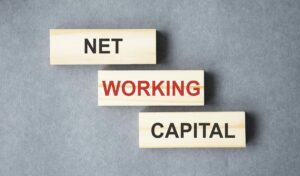
These fluctuations impact cash flow and liquidity, necessitating careful management to maintain financial stability. In summary, current assets are crucial for a firm’s liquidity and Accounts Receivable Outsourcing operational efficiency. Measures like the acid-test ratio, accurate valuation of trade receivables, and effective inventory management are essential for maintaining solvency and optimizing resource use. Equity funding supports the acquisition and maintenance of current assets, contributing to the firm’s financial stability and growth. This category includes land, which unlike other PP&E, is generally not depreciated due to its indefinite useful life.
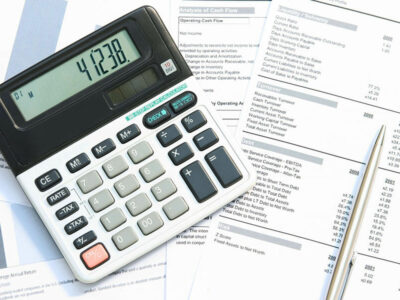
Does owning land affect my business’s financial statements in the long run?
Current assets qualify as items convertible to cash or consumed within a fiscal year. These include cash, marketable securities, accounts receivable, inventories, https://cloudclean.com.sa/bookkeeping/dealerships/ and prepaid expenses, all vital for daily business operations. Current assets are resources expected to be converted into cash or used within one year, aiding in day-to-day operations.
- Owners might get deductions for property taxes and certain land-related expenses.
- For example, machinery and vehicles are categorized into two different categories.
- As it involves heavy investment, proper controls should be put in place to secure the assets from damage, pilferage, theft, etc.
- These assets are initially recorded at their historical cost, which includes the purchase price and all expenditures necessary to bring the asset to its intended use and location.
- Plant assets are not intended for resale; they are acquired and maintained to support operational needs consistently.
- The matching principle states that expenses should be recorded in the same financial year when the revenue was generated against them.
Create a free account to unlock this Template
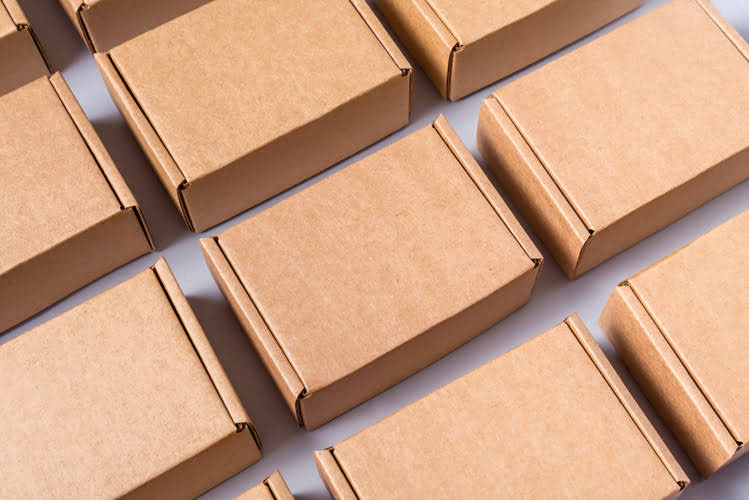
Apple could liquidate these assets to help cover its debts if it were to experience issues paying its short-term obligations. Current assets are assets that the company plans to use up or sell within one year from the reporting date. This category includes cash, accounts receivable, and short-term investments. Plant assets are different from other non-current assets due to tangibility and prolonged economic benefits. In specific and limited circumstances, an asset initially classified as a plant asset may be reclassified and presented within the current asset section of the balance sheet. Yes, current assets can fluctuate frequently due to changes in sales, inventory levels, and collection of receivables.
Subsequent Costs
- In this case, the entity might improve the leased building or warehouse at its cost.
- Prepaid expenses might include payments to insurance companies or contractors.
- For example, fixed assets accountants might perform reconciliation between accounting records to the listing they use to help control the assets.
- Companies evaluate the cost-effectiveness of repairs versus replacement, considering factors such as maintenance costs, downtime, asset age, and advances in technology.
Current assets are resources a business owns expected to be converted into cash, sold, or consumed within one year or one operating cycle, whichever period is longer. Their short-term nature highlights their role in a company’s immediate financial fluidity. The ability to quickly turn these assets into cash makes them crucial for meeting daily operational expenses and short-term liabilities.
Classification of Assets: Physical Existence
Plant assets are recorded at their acquisition cost and adjusted for accumulated depreciation over time, which helps reflect their true, declining value due to wear and tear. Accurately reporting plant assets is essential for stakeholders, as it offers insight into the company’s fixed capital and the productive resources that support revenue generation. This transparency also aids in financial analysis, where investors and management assess asset utilization, profitability, and future capital needs.
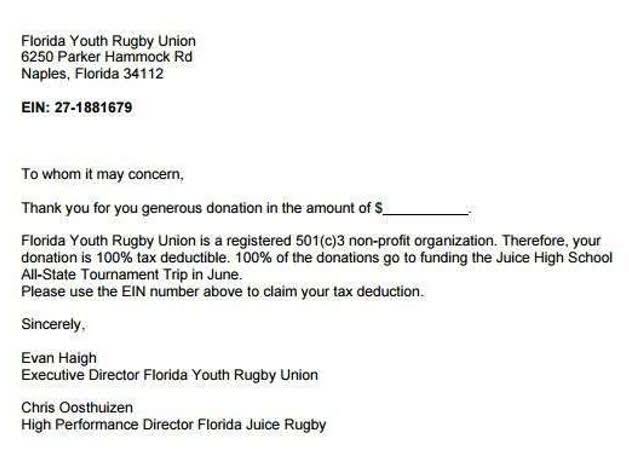
Is a Building a Current Asset or a Fixed Asset?
Property, Plant, and Equipment (PP&E) represents tangible assets a company uses in its operations that are expected to provide economic benefits for more than one year. These assets are considered long-term, or fixed assets, and are not intended for sale in the ordinary course of business. Instead, they are acquired to support the ongoing production of goods or services.
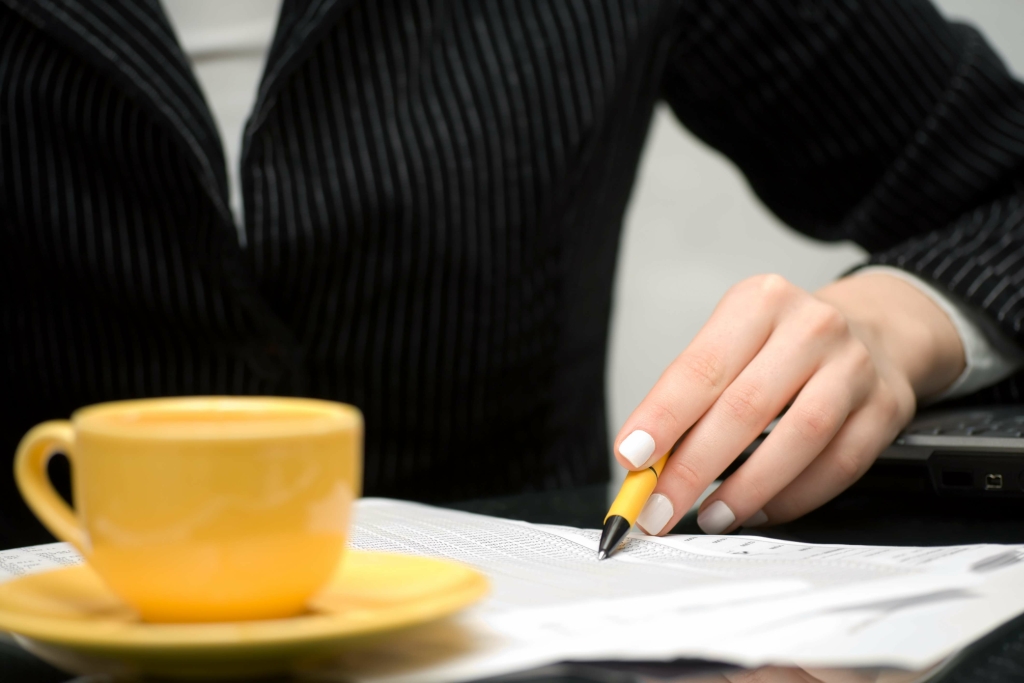
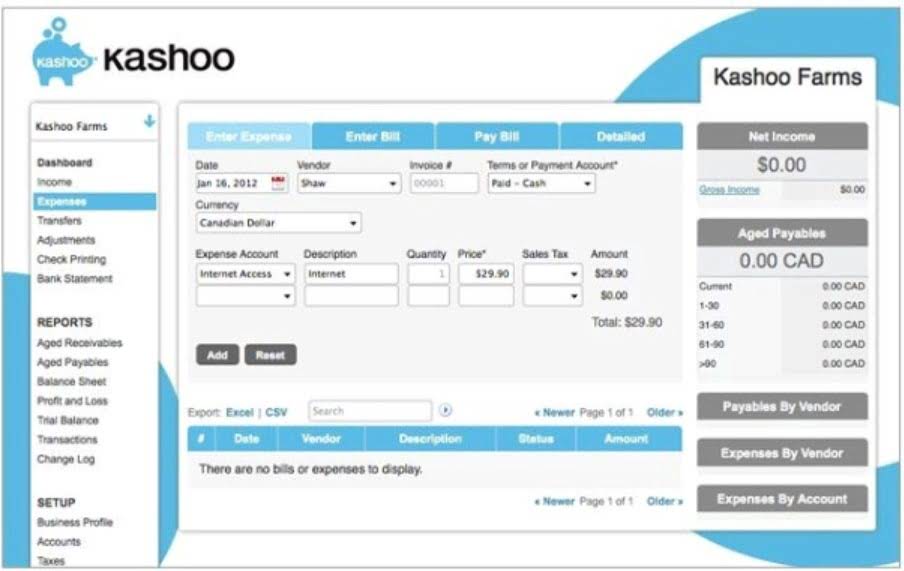
Buildings are vital for housing employees, storing inventory, or hosting customers, and they may be repurposed or expanded as a business grows. Depreciation on buildings is calculated based on their expected useful life, which can vary depending on construction quality and maintenance. Proper classification also aids in evaluating a company’s solvency, its ability to meet long-term debts. Investors and creditors use this information to make informed decisions regarding investments or the extension of credit.
Machinery and Equipment
Marketable securities, such as debt securities, further augment these insights by serving as both liquid assets and indicators of financial strategy in the marketable securities account. Plant assets, also known as fixed assets, are long-term tangible assets that a company uses in its daily operations to generate revenue. Unlike current assets, which are expected to be used or sold within a year, plant assets serve a business over a prolonged period, often providing value and functionality for many years. These assets encompass items like land, buildings, machinery, vehicles, and equipment—resources that contribute directly to a company’s production and services. In conclusion, plant assets are a foundational component of any business, providing the essential infrastructure and tools needed for long-term operations and revenue generation. From land and buildings to machinery and vehicles, these assets support a company’s core functions, offering value over multiple years and requiring careful management and accounting.
In this case, the entity might improve the leased building or warehouse at its cost. This is how leasehold improvement occurs and why they are differently categorized from the building. Machinery is for production purposes in general, while vehicles are used for transportation or delivery. An asset has positive economic value, whereas a liability is plant assets a current asset has negative economic value. Shaun Conrad is a Certified Public Accountant and CPA exam expert with a passion for teaching.
